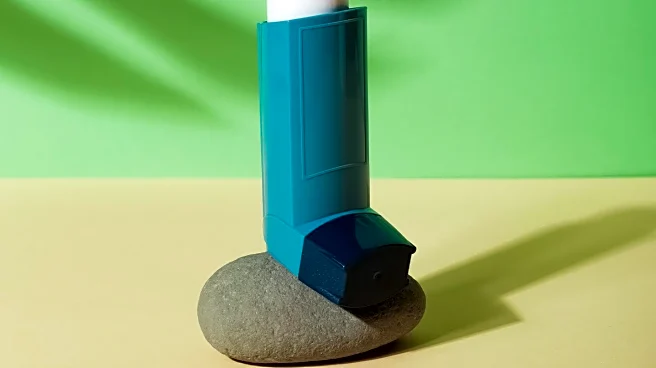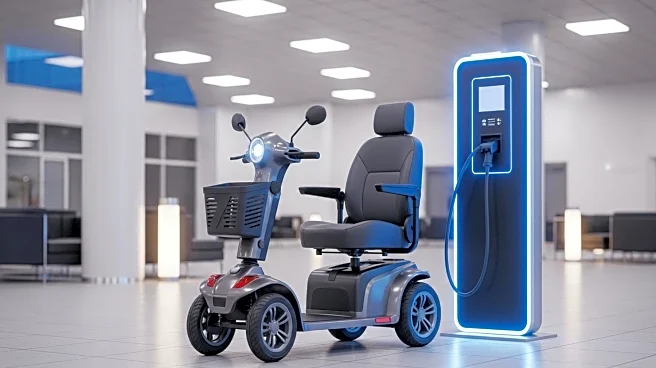What's Happening?
A recent study has demonstrated that a new 2-in-1 inhaler significantly reduces asthma attacks in children aged 5 to 15. The inhaler combines the inhaled corticosteroid budesonide with the fast-acting bronchodilator formoterol. This combination was found to be more effective than the traditional salbutamol inhaler, reducing asthma attacks by an average of 45%. The study, known as the CARE study, was conducted by the Medical Research Institute of New Zealand in collaboration with several international institutions. It involved 360 children in New Zealand and showed that the new inhaler could potentially align children's asthma treatment guidelines with those for adults.
Why It's Important?
The findings of this study could have a significant impact on global asthma management, particularly for children. Asthma is a major public health concern, affecting millions of children worldwide. The new inhaler not only reduces the frequency of asthma attacks but also aligns with adult treatment guidelines, potentially improving outcomes for children with mild asthma. This could lead to a shift in how asthma is managed globally, reducing the reliance on traditional medications like salbutamol, which only relieve symptoms without preventing attacks.
What's Next?
The study's results are expected to influence global asthma treatment guidelines, potentially leading to widespread adoption of the 2-in-1 inhaler for children. Health organizations may update their recommendations to include this new treatment option, which could improve asthma management and outcomes for children worldwide. Further studies, such as the CARE UK study, are anticipated to build on these findings and continue to refine asthma care strategies.
Beyond the Headlines
The study highlights the importance of evidence-based treatments in managing chronic conditions like asthma. It also underscores the need for child-specific interventions in healthcare, as children have different physiological responses and treatment needs compared to adults. The successful implementation of this new inhaler could set a precedent for other pediatric treatments, emphasizing the importance of tailored healthcare solutions.











